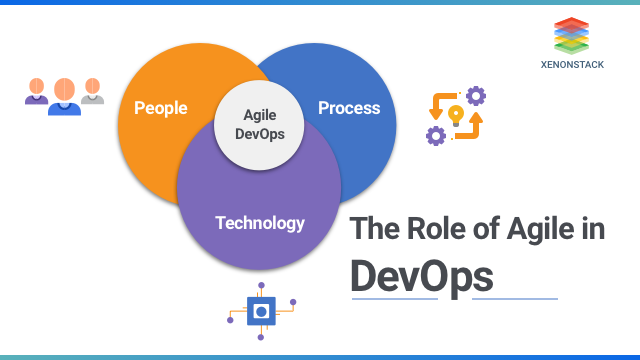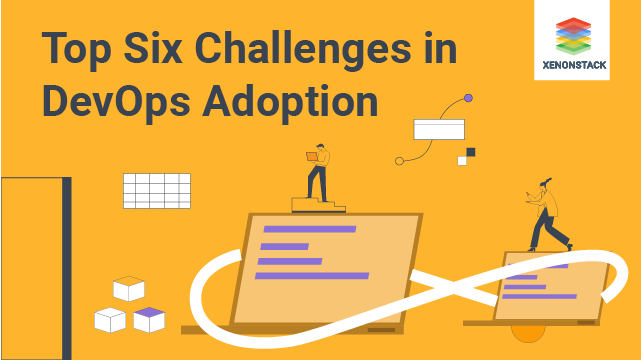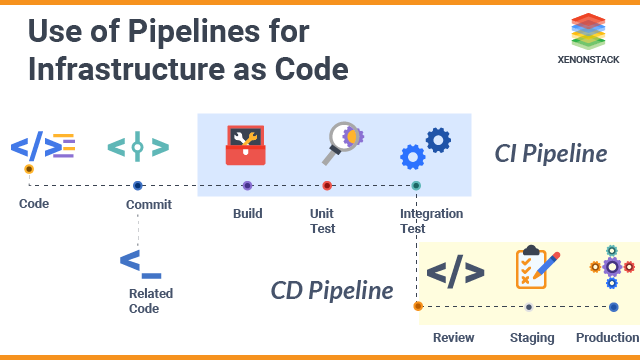
Introduction to Agile in DevOps
Every IT company follows a methodology for software development, to develop software, the client's requirements should be clear and technically feasible. Sometimes, the client wants to change his needs during the development process. Thus, to reduce the gap between the client and the development team, agile plays a crucial role. It is a methodology used in the software development process. It focuses on the fast delivery of software by increasing the collaboration between the client and the development team.
It makes sure, and the software should fulfil the business requirement as well as the functional requirement. The business requirement is that for which the client wants software. The technical specification includes the functionality of the software's modules. It allows developers to make any changes according to the change in requirements during the development process. The software development process includes various operations. These operations include
- Coding
- Build
- Testing
- Deployment
The operations team helps the development team to deliver the software fast. DevOps increase the collaboration between the development and operations team to build, test and release the software. It includes the automation of various tasks.
Implement an automated and streamlined workflow to accelerate software delivery, improve quality, and foster collaboration among development and operations teams. Build and Release DevOps Pipeline for Laravel PHP Applications
Why Agile?
Every software is grown for a specific purpose. The software development process takes place only after the clarification of requirements. But sometimes changes in condition occurs. The elements can change due to the new software release in the market for the same purpose. It can also vary due to the client's consent. The change in software during its development process is not possible in the waterfall model. Agile methodology overcomes the drawbacks of the waterfall model. The waterfall model can be utilized when requirements are precise, and they do not require any future change. This methodology allows variations in the development process. It focuses on the evolutionary approach by giving the software in increments. In this software is grown in increments, and after every increase, it is transferred to the client for feedback. After the changes, if required otherwise, the process of building the next increment starts.
Why Agile in DevOps?
The various important factors of agile in devops are described below:
Scrum
The various tasks are involved in the software development process. Agile has some frameworks which help to control these tasks. Scrum is one of the most famous structures of it. It divides specific tasks among the development team for a particular duration, which is known as a sprint. A scrum involves- Scrum master: scrum master is the person who determines the length of a sprint. He is responsible for the management of the scrum.
- Product owner: The product owner is the person who makes sure the product is developing according to requirements or not. He is the person who remains in direct contact with the client.
- Development team: The development team develops the software according to the need.
A buzz in the industry; it’s growing at a speed of light due to its potential to produce quality products at a lightning pace. Click to explore about our, DevOps Automation Tools for 2023
Tools
This whole process is not possible without the operation team. DevOps helps the development team and the operation team in the fast delivery of software. The operation team set up the environment for the developer team and also automate various tasks. These tasks involve the management of continuous integration, continuous deployment, continuous monitoring. It focus on the collaboration between development and operations for the completion of these tasks. Empower continuous delivery to automate and scale end-to-end workflows of applications across all teams and tools with devops assembly lines.
It involves the use of various tools for various purposes. It makes the functions of the development team easy by reducing the gap among team members. The developer and tester need a separate environment for their work. Because, if tester tests the code on the same situation on which developer is working, then the software cannot be delivered on time. DevOps reduces the gap among developers and testers by providing them with a separate working environment. In that way, tester and developer can work parallel on the same build. Some essential tools used in it are:
- Git: It is a version control system which stores the code in the form of repositories.
- Maven: It is a project management tool that is used to create a build of projects.
- Docker: Docker is a containerization tool. It allows the developer to wrap an application in a container along with required libraries or dependencies.
- Jenkins: Jenkins is used for continuous integration and continuous delivery. It has various plugins for various tasks.
- Ansible: Ansible is used for the constant deployment purpose.
- Nagios: Nagios is a constant monitoring tool. It monitors the remote machines by using a plugin called Nagios remote plugin executor (NRPE).
A Comprehensive Approach to Enterprise Agile DevOps
In the final analysis, we can say, they both contribute in different ways for the same purpose. Agile involves the beginning of the development process, and its the continuous process. It make sure the product is developed according to the client's requirement. It make the development and delivery process fast by automating various tasks. It is not wrong to say that it is the successor of it. Hence we can say, it is a lifecycle and DevOps is a continuous process.
- Discover here about DevOps on Google Cloud Platform
- Click to read about Site Reliability Engineering
- Deliver applications at high velocity with AWS DevOps services
- Explore the Difference between itil vs devops
- A Step-by-Step Guide to Building a DevOps Culture


